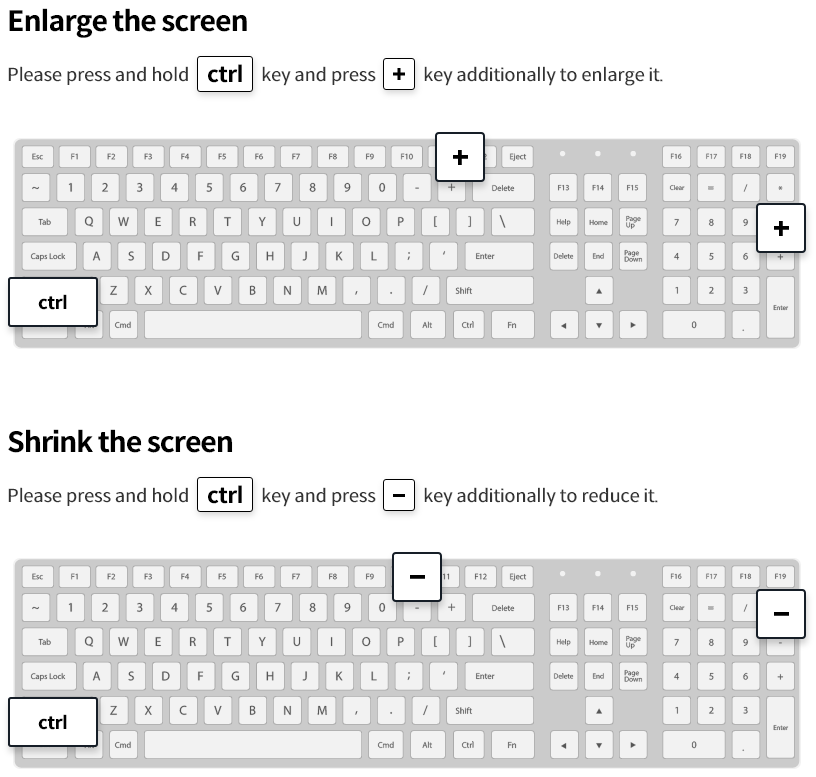[1] Summary of Preliminary 2013 ODA Data published by OECD
According to preliminary statistics on the official development assistance (ODA) spending of the OECD Development Assistance Committee (DAC) member countries for the year 2013, published by the OECD on April 8, Korea's ODA volume for 2013 totaled USD 1.74 billion, rising by USD 150 million (9.2%*) from 2012.
* The OECD DAC’s officially estimated rate of increase in real terms is 4.8%.
Korea ranked 16th out of the 28* member countries in terms of total ODA volume, maintaining its ranking of the previous year.
* 29 if the EU is included in the count.
Korea's ODA per capita in 2013 totaled KRW 38,006, representing an increase of KRW 2,034 from the previous year.
This is the result of a sustained increase in Korea’s ODA volume* even while many countries cut back** on their overall aid budget due to fiscal difficulties.
* From 2009 to 2013, Korea's ODA volume increased by an average annual rate of 20.91%, which far exceeds that of DAC members as a whole (2.85%).
** Net ODA in real terms fell in 11 out of 28 DAC members.
[2] Summary of Korea's ‘2013 ODA Statistics
The Export-Import Bank of Korea, responsible for compiling Korea's ODA-related statistics, analyzed Korea's ‘2013 ODA data as follows.
Korea's ODA flows in 2013 comprised USD 1.3 billion to developing countries (bilateral ODA) and USD 450 million to multilateral institutions (multilateral ODA).
Of the bilateral ODA, grants saw an 11.9% increase to record USD 800 million, and loans a 6.5% increase to record USD 500 million. The ratio of grants to loans was 62 to 38.
By region*, aid to Latin America increased slightly while the focus on Asia was maintained.
* Aid to Asia: USD 730 million (55.9%), to Africa: USD 280 million (21.3%), to Latin America: USD 100 million (7.4%), to the Middle East: USD 40 million (3.1%)
By sector*, a large share went to social and economic infrastructure sectors such as transport and logistics, education, and health.
* Transport and logistics: USD 230 million (17.7%), education: USD 200 million (15.4%), health: USD 140 million (10.8%)
As for multilateral ODA, Korea contributed USD 300 million (up 5.6% from 2012) to such multilateral financial institutions as the World Bank, and USD 150 million (up 11.2% from 2012) to international organizations such as the United Nations.
Korea's ODA/GNI* ratio**, which represents the scale of ODA as a share of national income, fell slightly from the previous year, to 0.13%.
* Gross National Income
** Average ODA/GNI ratio of 28 DAC members: 0.30%
The decrease in the ODA/GNI ratio despite a 9.2% increase in ODA volume is attributed to a much larger increase in GNI (15.9%) as a result of the revision of the national accounts*.
* The revised national accounts now reflect the 2008 System of National Accounts (SNA). There has also been a change in the base year.
- (2012) 0.14% (USD 1.59 billion/ USD 1.13 trillion) → (2013) 0.13% (USD 1.74 billion/ USD 1.31 trillion)
Absent such a revision, the ODA/GNI ratio in 2013 would have posted a slight increase of 0.006%p―from 0.137% in 2012 to 0.143% in 2013.
The Korean government has been constantly supporting the eradication of poverty and sustainable growth in developing countries through collaboration among the ministries concerned such as the Ministry of Strategy and Finance and the Ministry of Foreign Affairs.
* Such collaboration has been administered by the Committee for International Development Cooperation (CIDC). The CIDC is composed of 25 members, including the Prime Minister as the chairperson, the ministers of 15 ministries, and the heads of KOICA and Korea Eximbank along with seven civilian experts.
The government plans to sustain its efforts to increase the scale and effectiveness of aid.


